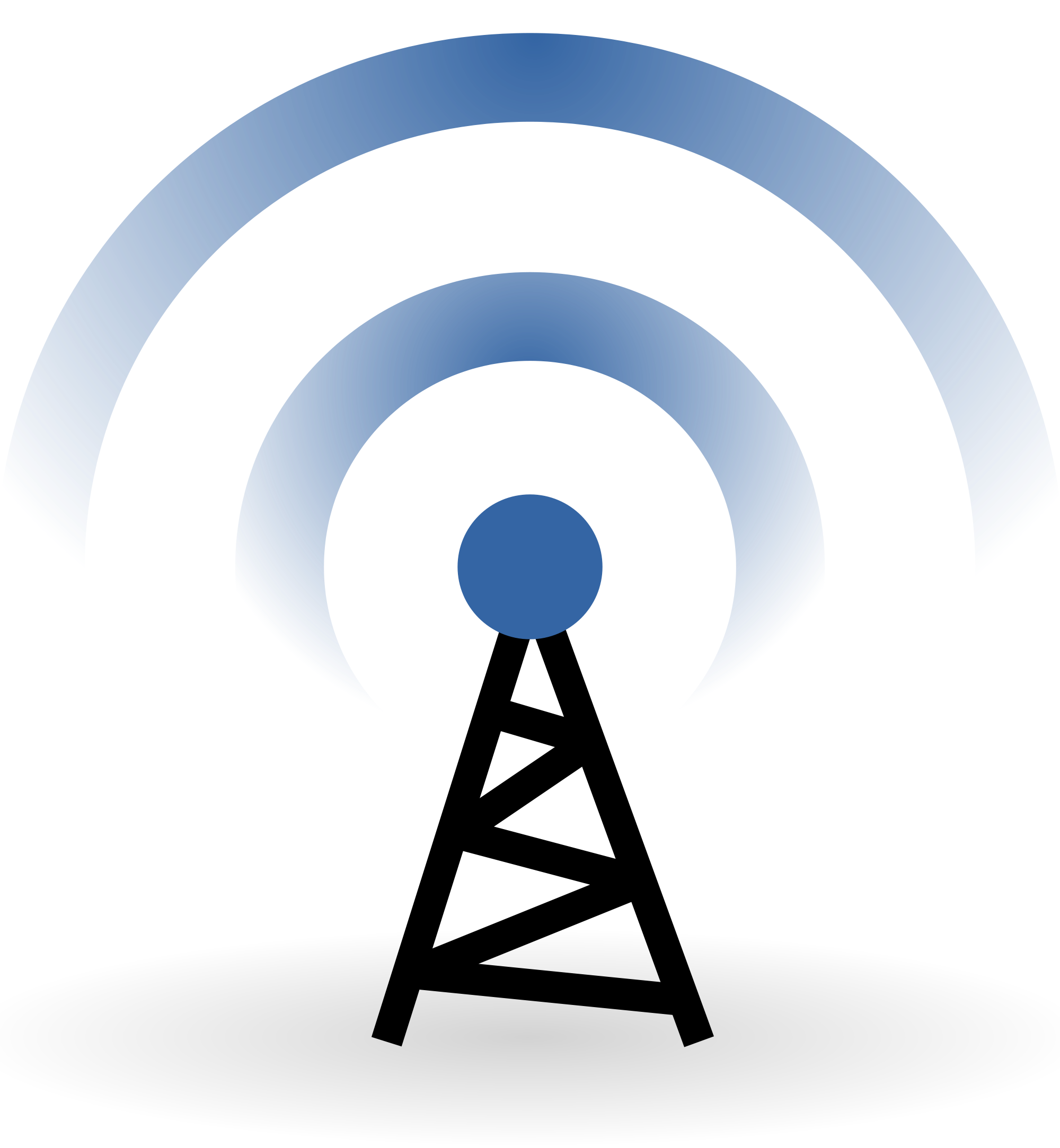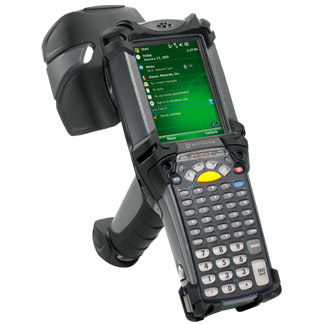What is a microprocessor?
- A microprocessor is a tiny CPU, which built onto a single chip
- A single chip contains:
- a CPU
- some ROM (used for storing the devices software)
- some RAM
- Microprocessors are put into electronic devices to control their functions
Example of household devices that contain microprocessors:
- Computer system; the CPU controls all the processing that go's on within the computer.
- Washing machines; microprocessors control things like water temperature, valves to let water in, valves to let water out, etc.
- Alarm systems; microprocessor is used to detect intruders and set the alarm off in the burglar alarm.
- Heating systems; microprocessors are used to control things e.g.
- when the heating is switched on/off
- keeping a constant temperature
- some can make the temperature different from room to room
- Intelligent ovens and microwaves; the microprocessor inside can read the barcodes on the package and then automatically set the temperature and cooking time to the perfect level.
- Intelligent fridges; keep food at optimum temperatures and help reduce waste.
- can read the barcodes on food and determine the use by dates. Food that deal to good bad is then automatically moved to the front of the fridge
The positive effects of microprocessors have on aspects of lifestyle:
Leisure times:
- Increased free time: Laptops, PDA's, IPads, mobile phones, etc, allow us to work on the move, so you can finish your work quicker, which means you can enjoy more free time.
- Increased leisure time: Microprocessors in household appliances can make sure that the task is complete, even you are not there.
- Increased relaxation: Extra leisure time can be spend on watching T.V, listening to musics, gaming or other relaxing pastimes.
- Increased productivity: Microprocessors-controlled devices can be taking care of household chores, people are freed up to tackle more work related task.
Social interactions: such as mobile phones, social networking sites, emails, VoIP services like Skype
- Easy to make new friends in the chat-rooms, social networking sites or while playing online computer games.
- Easy to find people in the same interests or hobbies as you are in specialist chat-rooms.
- Cheap internet phone calls can be made using VoIP to friends and family all over the world.
- Easy to spread the news of social events using social network.
- Old or disabled people can still interact with friends/family without having to leave their homes.
The need to leave the house: Many everyday tasks can be carried out at home using microprocessor-controlled devices
- Online shopping (E-Commerce): Goods can be ordered over the Internet and delivered to your house.
- Teleworking (working from home): Many people work from home and use ICT to perform tasks and contract clients and colleagues.
- Entertainment: We can entertain ourselves very easily using microprocessor devices and the internet e.g. Youtube.
- Online banking: Banking can be carried out online.
- Research: Research can be carried out using a computer with an internet connection.
- Elderly or disabled people can still carry out day-to-day tasks such as shopping and paying bills.
- You can find entertainment even you cannot go outside due to bad weather.
- You can still carry out day-to-day tasks even you if are sick and confined to bed.
The negative effects of microprocessors have on aspects of life style:
Leisure times:
- Laziness: When devices do a lot of works for us it is easy to become lazy.
- Decreased fitness: Microprocessor-controlled devices do most of the work for us it means that we are not doing as much hard manual work as we used to.
Social interactions:
- You don't actually meet people face to face as much. This may known as 'social isolation'.
- Interacting a through computer does not require much physical activity and can lead to health problems like obesity.
- Playing games online could mean that children don't take up actual sports. This could lead to a decrease in the quality of health.
The need to leave the house:
- Social-isolation can develop for those who don't go out and meet people.
- A lack of exercise can lead to the health problems e.g. obesity.
(http://www.ictlounge.com/html/microprocessor_controlled_devices.htm)











